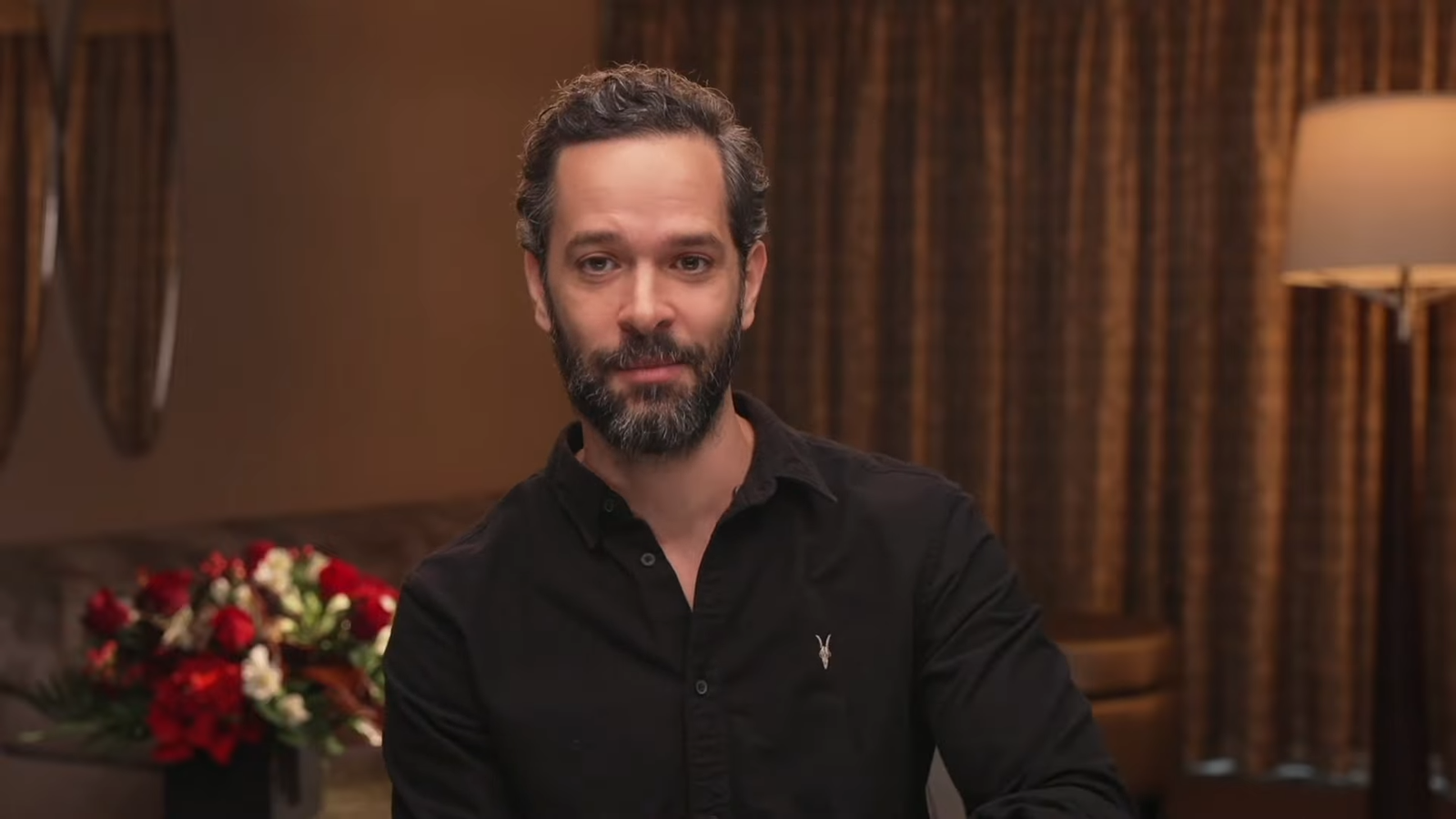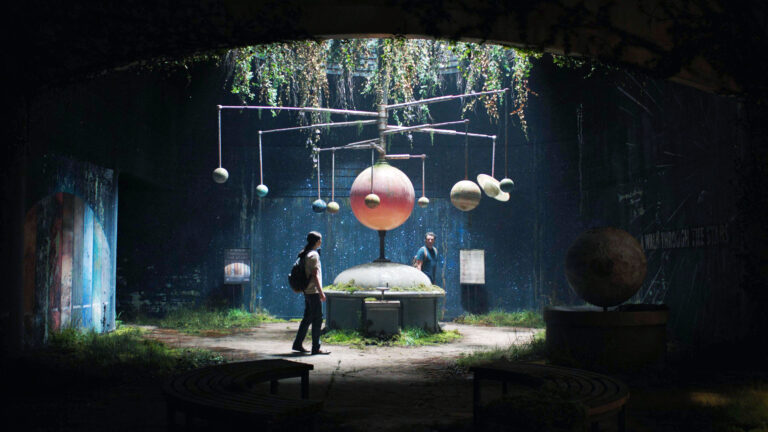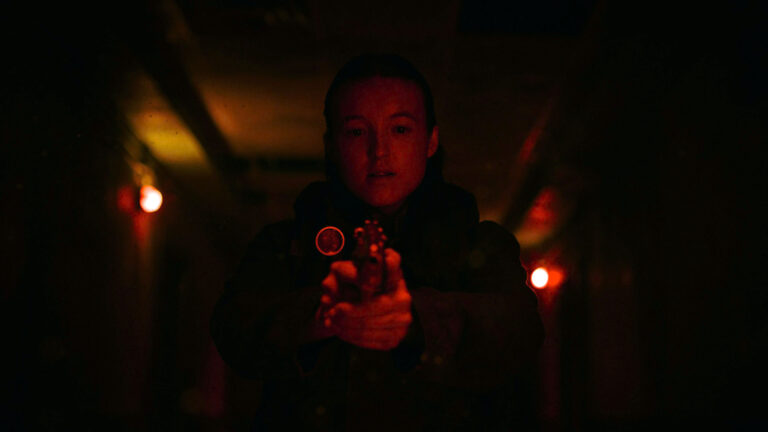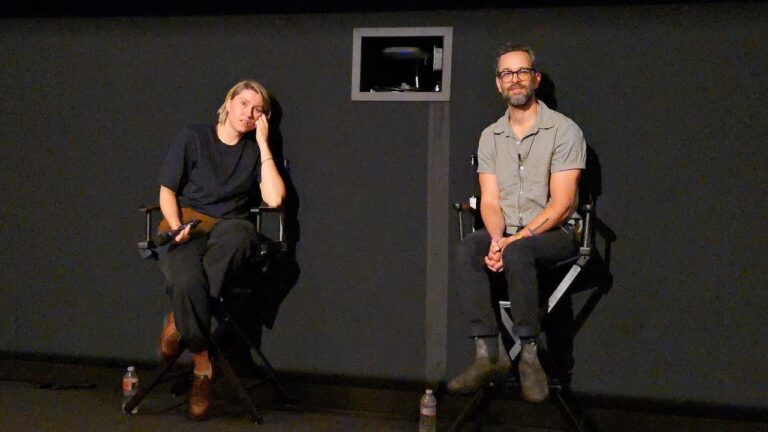So, let’s get real for a second — very few names in geekdom today turn heads quite like Neil Druckmann’s. He’s the game auteur who co-created “The Last of Us,” sent millions of us on gut-wrenching journeys through fungus-infested hell, and made us sob over pixelated giraffes. But now? Now he’s traded in polygons for prime time. And he’s not just along for the ride. Neil is carving a path straight into Hollywood’s power circles, sticking true to his vision while shaking things up on HBO’s “The Last of Us.” Let’s break down how Druckmann shifted from joystick to director’s chair, and peek behind the scenes at his much-buzzed directing gig in Episode 2, “Infected.”
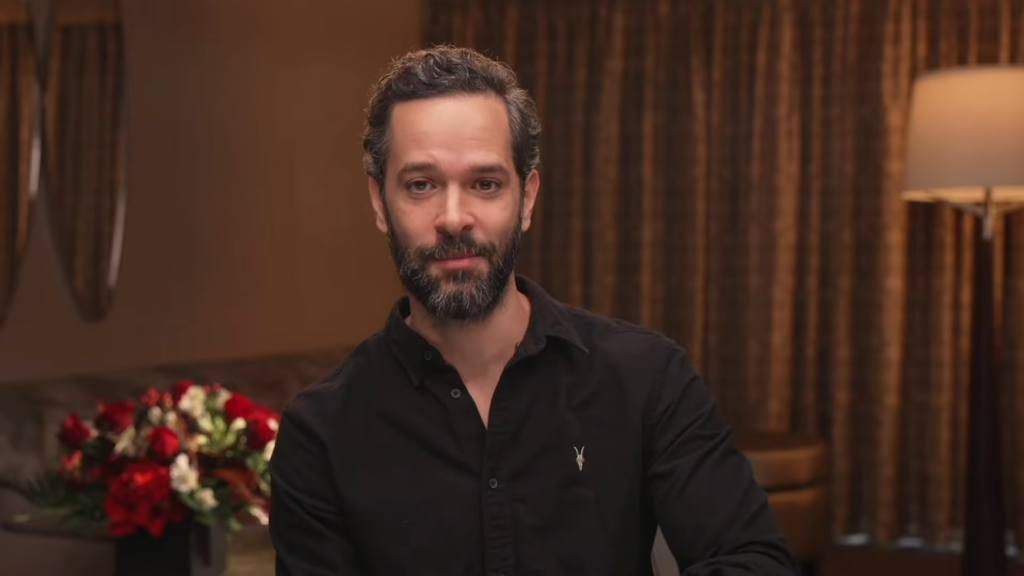
From the PlayStation to Prestige TV
Let’s start with a fun fact: Neil Druckmann did not arrive in television as some rookie hopeful with big dreams and zero backbone. Nope. He’s the same guy who, back in 2013, dropped the original “The Last of Us” like a nuclear bomb on gaming’s storytelling wasteland. Gamers and critics lost their minds. Fast forward to “The Last of Us Part II” and, well, he basically lapped the field, picking up British Academy Games Awards and Writers Guild of America nods along the way. Thanks for coming, everyone else.
But instead of just raking in trophies and Patreons, Neil wanted something bigger. He wanted to see Ellie and Joel — yes, the original odd couple — on the small screen. So, when HBO came calling around 2020, Neil jumped at the chance. And he didn’t come alone. He teamed up with Craig Mazin — the mind behind “Chernobyl,” a guy whose idea of a fun Sunday includes making everyone anxious about nuclear fallout. Now, that’s a power duo.
Keeping the Soul Intact
Here’s the thing: plenty of games get botched in Hollywood. Some lose their spark; others go off the rails so badly we’re left with only memes and regret. But Neil had none of it. He guarded “The Last of Us” as if it were the One Ring. In interviews, he insisted that anything and everything in the show needed to respect the essence of the game. In his own words, “They want the core at the heart of that experience.” You love those tense sneaking sequences or the hellishly awkward jokes between Ellie and Joel? You can thank Neil for twisting HBO’s arm to keep those moments in.
Teaming up with Mazin, he sometimes played the role of gentle teacher, sometimes the hard-nosed producer. Mazin even admitted to The Verge that he felt like the story was already aching to become a TV series: “There was a television show lurking inside the video game trying to get out.” Neil saw it too — and he made sure everything about the adaptation, from plot to fungus, felt right, not just for him, but for die-hard fans and nervous newcomers alike.
How Episode 2 Got Infected — with Druckmann’s Directing Debut
Let’s talk about a pressure cooker: imagine your first time helming a TV camera and your job is to introduce viewers to the infamous “clickers.” Yes, those grotesque, sound-hunting terrors. Welcome to Neil Druckmann’s directorial debut on episode two, “Infected.” Fans knew this episode had to be good. Misjudge a monster and the internet will eat you alive (pun intended).
Neil applied all those years sweating over gaming engines at Naughty Dog right here. Every shot, every trickling drop of spore, oozed with purposeful horror. Reviews and fan chatter exploded after the episode aired. Critics highlighted how the pacing and tension matched the original game’s signature jump-scares. The clickers looked, sounded, and moved exactly the way we remembered — absolute nightmare fuel.
But Neil admitted the differences weren’t small. In fact, in an interview, he noted how in TV you set your scenes and that’s mostly it. There’s no tweaking camera angles a month later like in game dev. “Once you shoot it, you’re locked in,” he explained. The stakes are wild, but Neil handled it with the calm of someone whose job once included inventing a heartbreaking, post-apocalyptic love story.
Why Druckmann’s “Gamer” Touch Matters on TV
Most game-to-TV conversions fail because the creators let Hollywood strip out the weird, wonderful quirks that made the game special. That didn’t happen here. Druckmann’s hands-on approach meant:
- Joel and Ellie’s chemistry stayed complex, never cheesy.
- The banter? Still gold, even with Pedro Pascal and Bella Ramsey in the mix.
- Key plot points unfolded with brutal honesty — no time for fluff or forced sentiment.
Even more, he fought hard to keep the show’s tone gritty but not bleak. Remember the scene with the giraffe in the original game? Everything in Neil’s TV world is crafted to elicit the same awe and surprise.
Beyond Episode 2: What Druckmann’s Still Doing on Season 2
Now, everyone’s buzzing about Season 2 — yes, it dropped in April 2025. Druckmann helped steer the show into even bolder territory. New faces arrived, relationships deepened, and the world got nastier. He stayed in the co-writer and director’s seat, working side by side with Mazin. This way, nothing major went off-brand or off-book.
The internet’s reaction? Predictably wild. Social media flooded with comparisons, mostly shouting out how sharply the HBO series balances old and new. Some fans even pointed out that Druckmann seems to know exactly where to linger and when to ramp up the tempo, just like he once did with every Naughty Dog chapter.
Inside Hollywood — But Still a Gamer at Heart
Druckmann’s move into television hasn’t dulled his edge. Quite the opposite. Game developers and TV folks alike now look at him and see a living bridge between two mediums that hardly ever play nice together. Want a fun fact? Most of the current writers’ room for “The Last of Us” came from games, not from TV. Neil wanted people who understood the story’s DNA, not just its plot points.
He’s also all about interactivity — even on TV. For example, he often references scenes that could only work in games or teases viewers with visual details for eagle-eyed fans. And every big moment cues a storm of Reddit posts debating what’s next.
Fan Reactions, Social Buzz, and All That Jazz
Turn on Twitter during an episode? You’ll see everything from live-tweeting horror to emotional live-blogging about Ellie’s latest quip. Fans dissect each installment, comparing game and TV beat-for-beat. Neil’s Instagram, meanwhile, fills up with set photos, goofy behind-the-scenes shots of fungus-infected extras, and tributes to the original cast and crew.
The community even brewed debates over which version — game or show — landed the emotional punches harder. But most agree on one thing: Druckmann’s devotion to the project is the special sauce here. He listens to fan input, fields honest criticism, and occasionally even replies to wild fan theories just for fun.
Not Your Typical Hollywood Story
Druckmann isn’t a TV insider just yet, but man, he’s getting there fast. HBO’s faith in him paid off, because he still thinks like a gamer: obsessed with details, desperate for immersion, and always hunting that gut-punch of emotion.
Because when you tune in each Sunday, you get more than just another zombie series. You get a show shaped by the guy who built the apocalypse from scratch — and then made you feel every echo of hope, fear, and heartbreak.
In a crowded world of forgettable adaptations, Neil Druckmann’s journey from the PlayStation hallways of Naughty Dog to the high-impact world of HBO shines brighter than a flashlight in a clicker nest. And you can bet he’s just getting started. So grab your backpack and get ready for the next round. Neil looks set to prove, episode after episode, that the right visionary can make Hollywood — and the apocalypse — feel new again.

